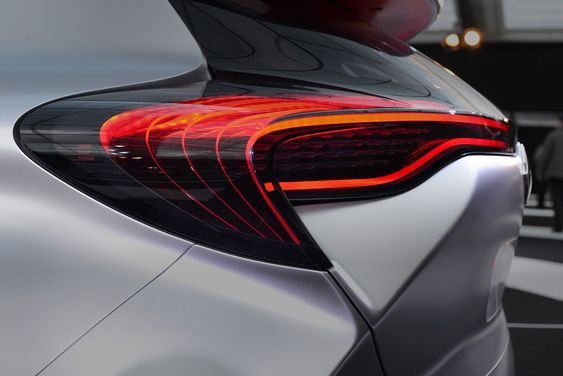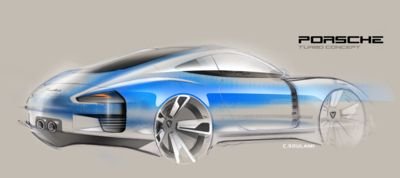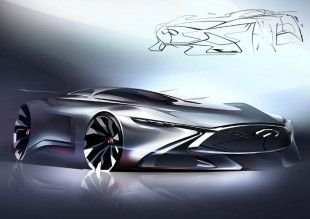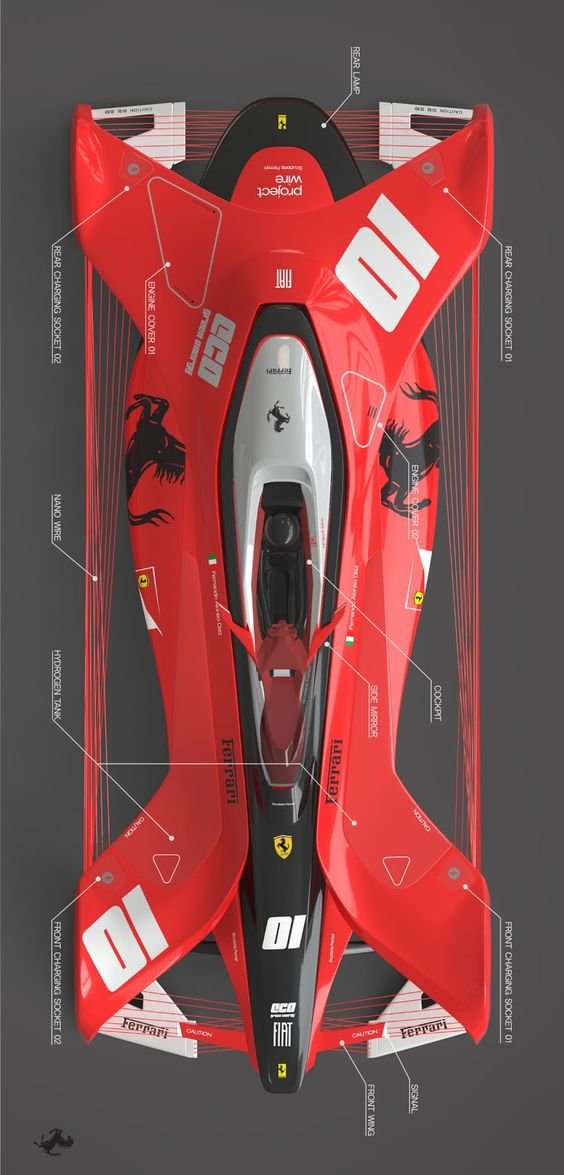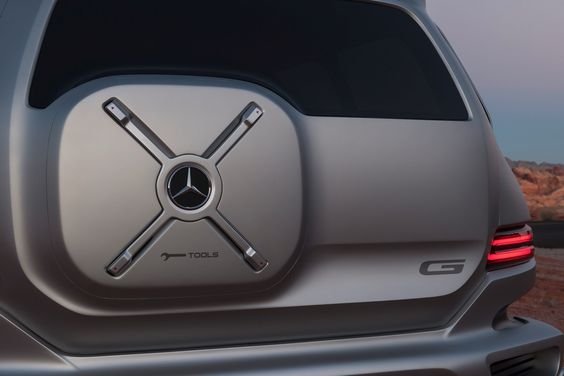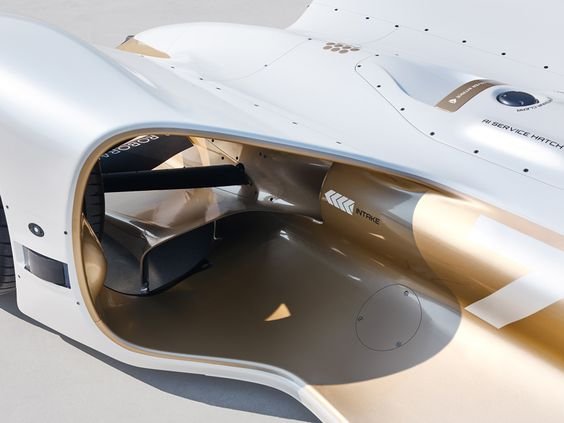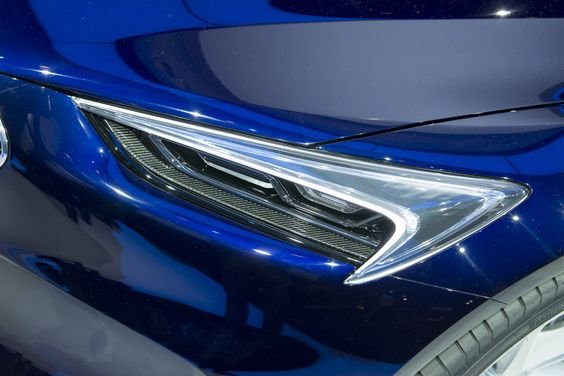Concept cars
Initially developed for splendid exhibitions or motor shows and aimed at introducing revolutionary trends in automobile technology and gather the information on public opinion regarding unusual and bold steps undertaken to refresh the design, prototype vehicles hold an important position in a car market.
The first known showcase models appeared in the 1930s with the Pierce Silver Arrow 1933 and 1938 Buick Y-job. They were enormously expensive and limited in quantity but attracted many people for their streamline forms and unearthly features not seen before. There were even fantastic proposals such as Ford Nucleon, allegedly nuclear powered.
Nowadays, concept cars play a significant role for automakers contributing to their overall brand advertising. Such cars are not intended to be manufactured, but they help automobile producers to weigh all pros and cons of a certain model and figure out its real chances to be released for mass production. Once the decision is made to move on production process, automobile developers proceed to forming a production intent vehicle – a really functioning specimen, with the prototype being destroyed, concealed from public or exhibited in the company's museum.
The idea of investing into concept car projects may seem to be unjustifiable for some. However, automakers are usually not hasty and it could take even a whole decade to allow for steady, accurate introduction of new technologies into vehicles. Some of them, such as hybrid-electric or fully electric powertrains, were first demonstrated on concept cars. For instance a French designer Jean-Pierre Ploué, who created a good deal of concepts for Citroen, is famous for restoring the popularity of this marque. So the outcomes of spending on showcase models may be highly beneficial in the future.
Concept cars may run the gamut from ultra compact to mid- and full-size large family cars; designed to have luxurious looks and powerful engines (although the vast majority of concept vehicles feature already existing and operational motors), extremely costly materials and vice-versa: to be less ostentatious, having fuel-economy or fully-electric motors. The most successful concept models which were later sold on market are The Chevrolet Volt (2010), Honda NSX (Acura) 1990, Ford GT and Nissan GT-R (2007). It's hard to predict the final result when creating a new concept vehicle: it may become a new brand style that will radically turn everything upside down in the world of the car industry, or it will go down in history as the most imperfect and impractical model ever.
